In the peaceful countryside of Truc Ninh ( Nam Dinh ward, Ninh Binh province), where small tree-lined roads and a slow pace of life seem to hold back time, there is a nearly thousand-year-old pagoda that always has a strange attraction: solemn yet intimate, with an ancient Asian style combined with Western splendor - that is Co Le Pagoda, one of the most sacred pagodas in the North.
Not only a place of practice, a place of return for many Buddhist souls, Co Le Pagoda is also a living testament of national history, a place of harmony between religion and life, past and present and the unique architectural, cultural and spiritual beauty of the Vietnamese people.
A thousand year old legend
According to legend, Co Le Pagoda (literally Than Quang Tu) was founded in the 12th century by Zen Master Nguyen Minh Khong, a famous national teacher of the Ly Dynasty for his medical talent and profound morality.
He was the one who cured King Ly Than Tong of his tiger disease, was given the title "National Teacher of Two Countries," and was revered by the people as the founder of bronze casting.
Co Le Pagoda is one of the places where he practiced, spread Buddhism and laid the foundation for Buddhism to develop in the Red River Delta.
For nearly 1,000 years, the temple has witnessed many historical changes and renovations, but still maintains the spiritual aura of a great scenic spot, the origin of faith, and a place to entrust the souls of many generations.
Unique and different architecture
What makes Co Le Pagoda different is its unique architecture that does not overlap with any other ancient pagoda in Vietnam.
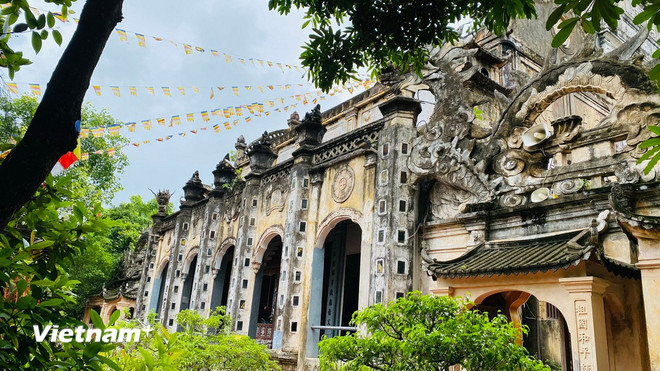
In the early 20th century, under the abbot of Venerable Pham Quang Tuyen, the pagoda was extensively renovated in a very special style: combining the Eastern spirit with Western Gothic features. Therefore, Co Le Pagoda is a Buddhist temple but has the appearance of a Catholic cathedral with arched doors, high pillars, stained glass windows and splendid decorative details.
Without the need for blueprints or specialized engineers, Venerable Tuyen and hundreds of artisans built the pagoda with folk materials such as baked bricks, lime, molasses, salt and paper.
All are blended in secret proportions, creating a sustainable, solemn yet romantic architectural complex, leaving visitors who come here for the first time amazed.
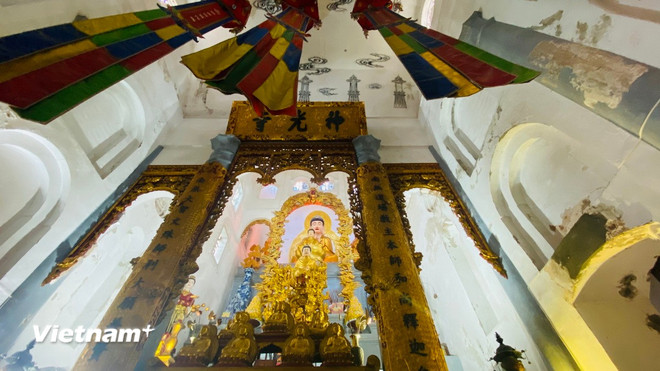
The 29-meter-high Tam Bao building with its curved dome, large brick columns and stained-glass windows is reminiscent of Western churches, but still contains the traditional Buddhist soul.
Surrounding Tam Bao is a large lake, dragon statues, winding bridges and meticulously carved dragon and phoenix reliefs, both sacred and familiar.
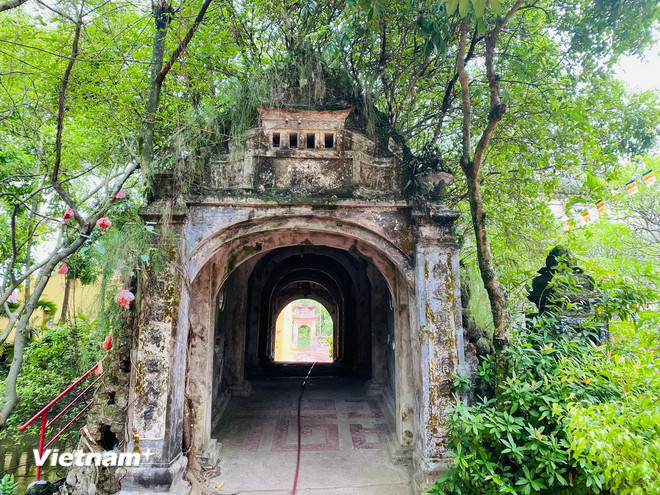
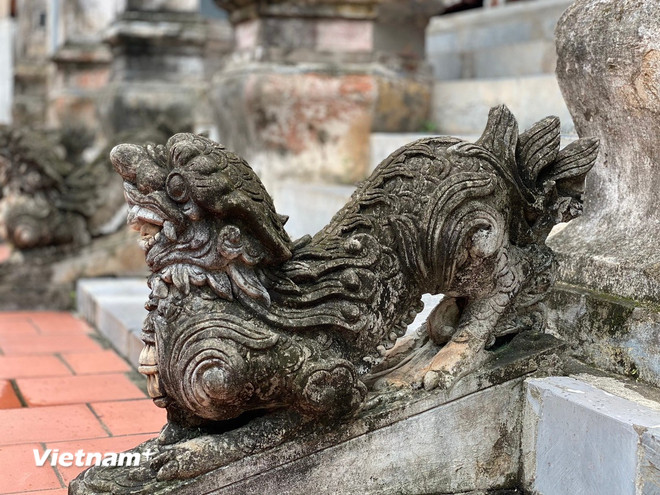
Although it has many Gothic elements, Co Le Pagoda still retains traditional Vietnamese architectural features, creating a harmonious and unique whole.
Nine-Piece Lotus Tower - the soul of Co Le Pagoda
Right in the middle of the lake is the Nine-Piece Lotus Tower, the most unique spiritual symbol of the pagoda. The tower is 32m high, with 9 spiral-shaped lotus-shaped floors - symbolizing the "nine-piece lotus," where the souls of good people are reborn in Buddhism.
The path to the top of the tower is 98 spiral steps, making the journey up like a process of cultivation - shedding worldly dust, moving towards the light of enlightenment.
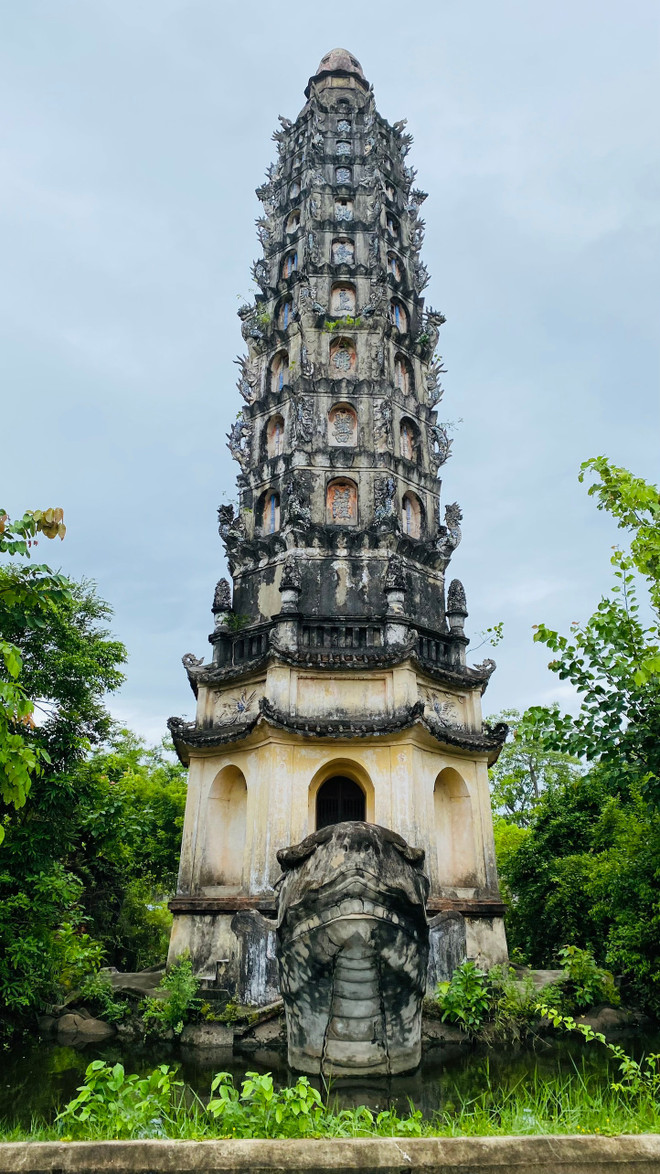
The tower has an octagonal cross-section (area 42.10m 2 ). The tower base is represented by a large turtle floating in the middle of a lake. Its shape is lively and strong, 18m long and 10m wide.
The turtle's shell is stylized and curved into 8 large segments, each segment is 4.65m long. The turtle's four legs stretch out firmly into the lake, its head facing inside the temple, its tail facing outside. The turtle symbolizes the stability and longevity of Buddhism.
Treasure in the middle of the lake: 9-ton bronze bell
If the Nine-Piece Tower is the soul of Co Le Pagoda, then the Great Bell is the sacred heart of the ancient pagoda. This is one of the largest bells in Vietnam, cast by Venerable Pham The Long in 1936, made of pure copper, weighing up to 9 tons, more than 4 meters high, 2.2 meters in diameter, and 8cm thick.
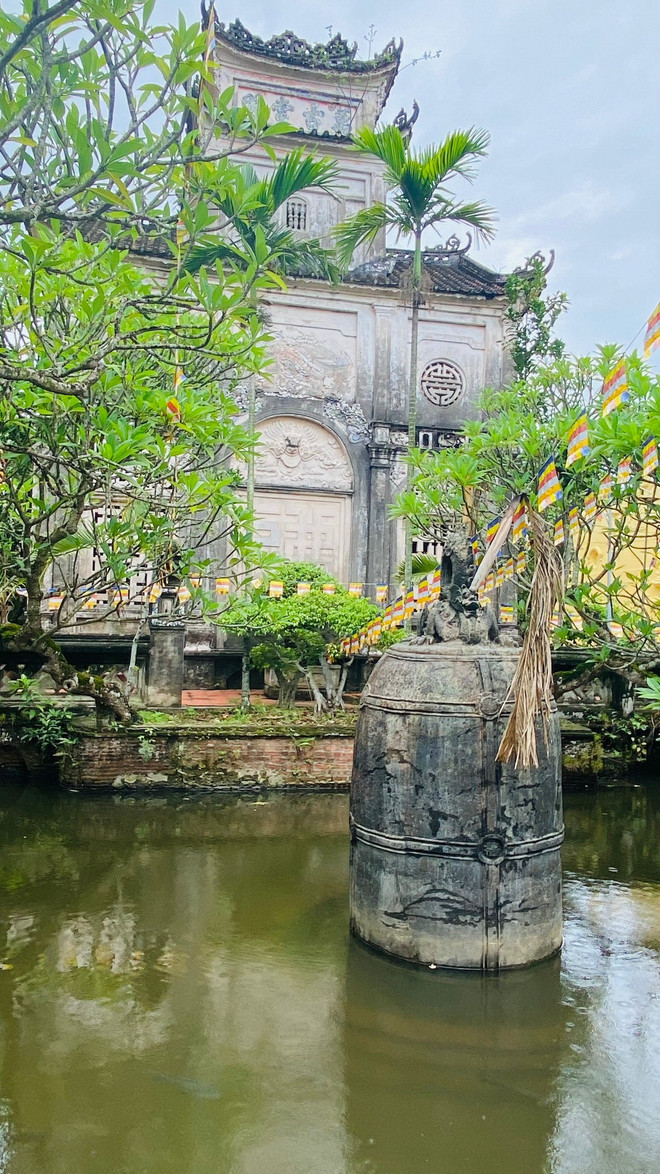
The special thing is that since its casting, the bell has never been rung once. According to the elders in the area, when the bell was just cast, the resistance war broke out, the people in the area, to prevent the enemy from destroying it, submerged the bell in the lake. It was not until 1954 that the bell was salvaged and placed on a stone pedestal in the middle of the lake for tourists to worship since then.
Over a long period of time, the bell is still intact and has become a precious treasure, a historical symbol of Co Le Pagoda.
Revolutionary imprints in the ancient temple
Not only a sacred Buddhist place, Co Le Pagoda was also a red address in the resistance war against the French. In 1947, 27 monks here took off their cassocks, donned soldier uniforms, and joined the resistance war, of which 12 heroically sacrificed their lives.
In the temple grounds, there is still a memorial garden with engraved names and images of monks and soldiers, demonstrating the spirit of "patriotism and devotion to religion" of Vietnamese Buddhist monks and nuns.
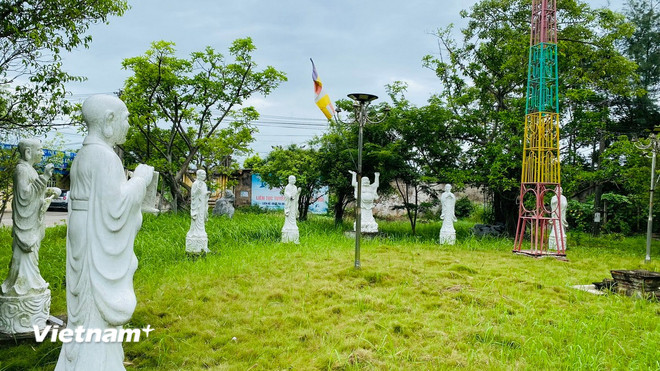
Co Le Pagoda was also a place for secret meetings, hiding weapons, and sheltering revolutionary cadres, blending into the seething flow of the nation, once again affirming the role of Buddhism in the cause of defending the Fatherland.
Co Le Pagoda Festival - National Intangible Cultural Heritage
The Co Le Pagoda Festival takes place on the occasion of the birthday anniversary of Saint Nguyen Minh Khong in the middle of the ninth lunar month every year. It is a unique cultural and spiritual event of the people of Nam Dinh.
The ceremony took place solemnly with many traditional rituals such as the procession of the ancestors' palanquin from 5 large families in the region to the pagoda, bathing ceremony, dressing ceremony, incense offering, puppet show to pay homage to the Saint, worshiping male and female officials, thanksgiving ceremony, incense offering ceremony to commemorate monks who sacrificed for the Fatherland...
In particular, the puppetry ritual of worshipping the Saints is solemnly performed at the Buddhist Temple - where the "Saint puppets" move to the beat of drums and gongs, recalling the ancient story of the Saint saving souls drifting at sea. This is a rare ritual that is still preserved, carrying profound spiritual and humanistic values.
The festival is bustling with many folk games such as chess, cockfighting, tom diem, the most prominent is the rowing competition on the 2.5km long river with the participation of teams representing clans in the region.
The festival is an opportunity for the community to gather, strengthen neighborhood ties, and contribute to preserving and passing on unique traditional cultural values.
In 2023, the Co Le Pagoda Festival was recognized as a National Intangible Cultural Heritage.
National Historical-Cultural Relics and Scenic Spots
Co Le Pagoda was officially recognized as a National Historical-Cultural Relic and Scenic Spot since 1988. But the value of the pagoda lies not only in its name but also in its thousand-year heritage bearing the breath of a culturally rich and unique countryside.
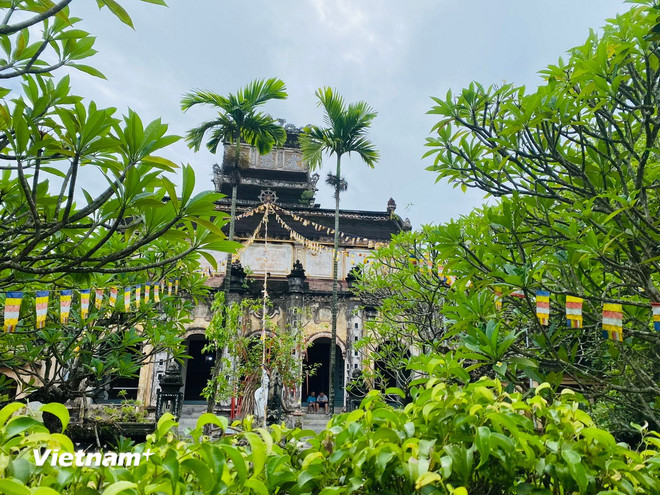
Not only an ancient temple, Co Le Pagoda is also a place that preserves layers of cultural memories, beliefs and spirit of a land rich in tradition of Nam Dinh.
From the legend of National Master Nguyen Minh Khong, the majestic Nine-Piece Lotus Tower printed on the deep blue sky to the silent Great Bell that has never sounded - all create a space that is both ancient and familiar, a place where people come back not only on holidays but also on normal days - when they need a bit of peace for their hearts./.
Source: https://www.vietnamplus.vn/chua-co-le-ngoi-co-tu-co-kien-truc-doc-dao-nhat-viet-nam-post1051872.vnp



![[Photo] Dan Mountain Ginseng, a precious gift from nature to Kinh Bac land](/_next/image?url=https%3A%2F%2Fvphoto.vietnam.vn%2Fthumb%2F1200x675%2Fvietnam%2Fresource%2FIMAGE%2F2025%2F11%2F30%2F1764493588163_ndo_br_anh-longform-jpg.webp&w=3840&q=75)




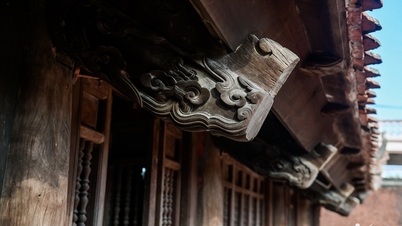

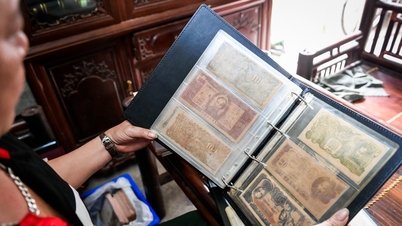



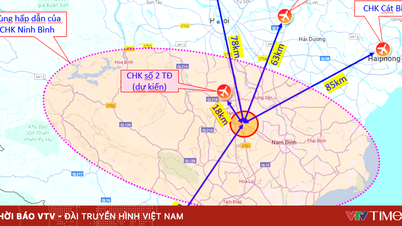

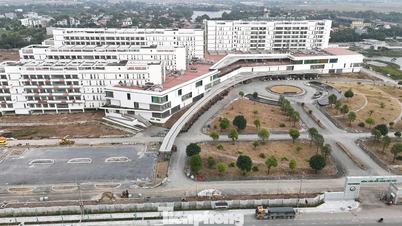

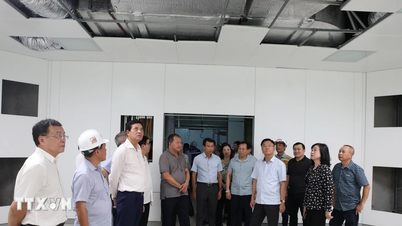
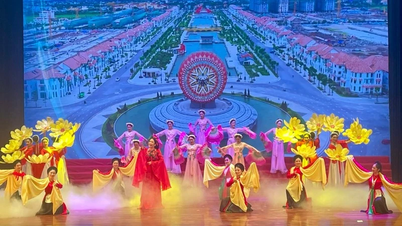



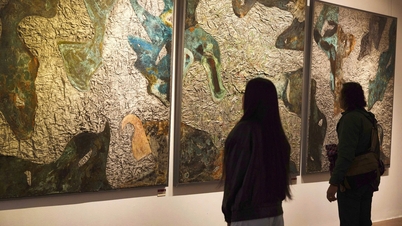


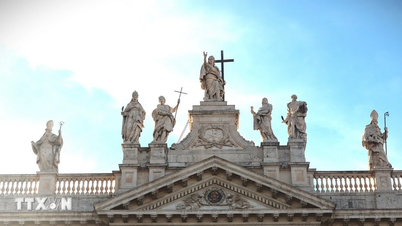
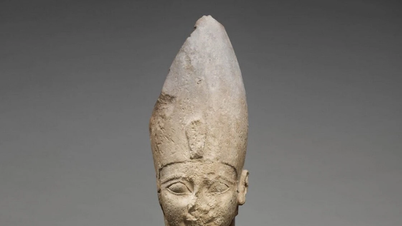
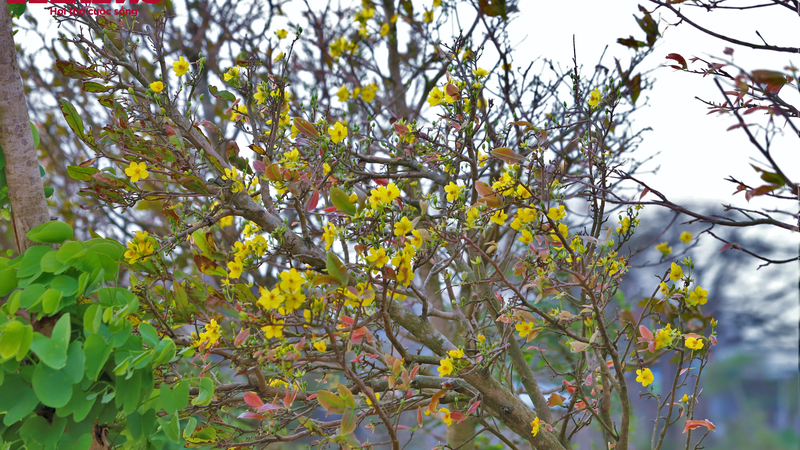

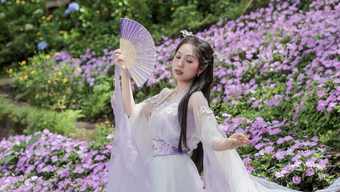



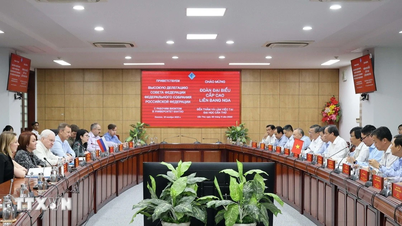

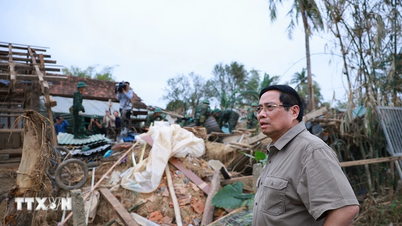







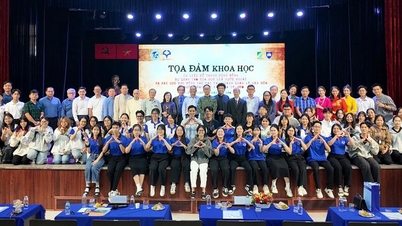

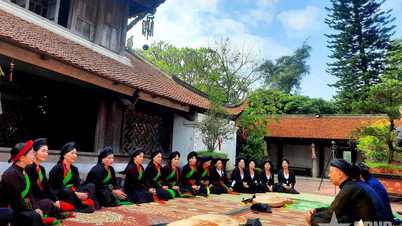








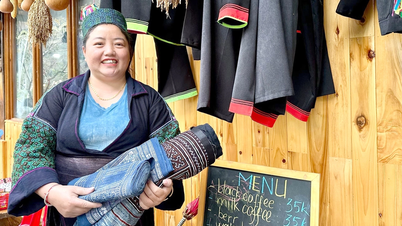

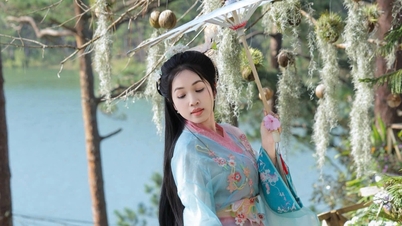




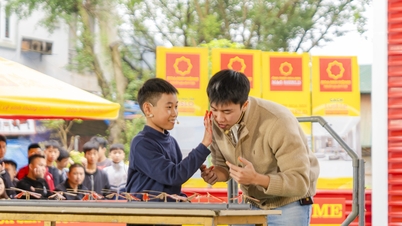







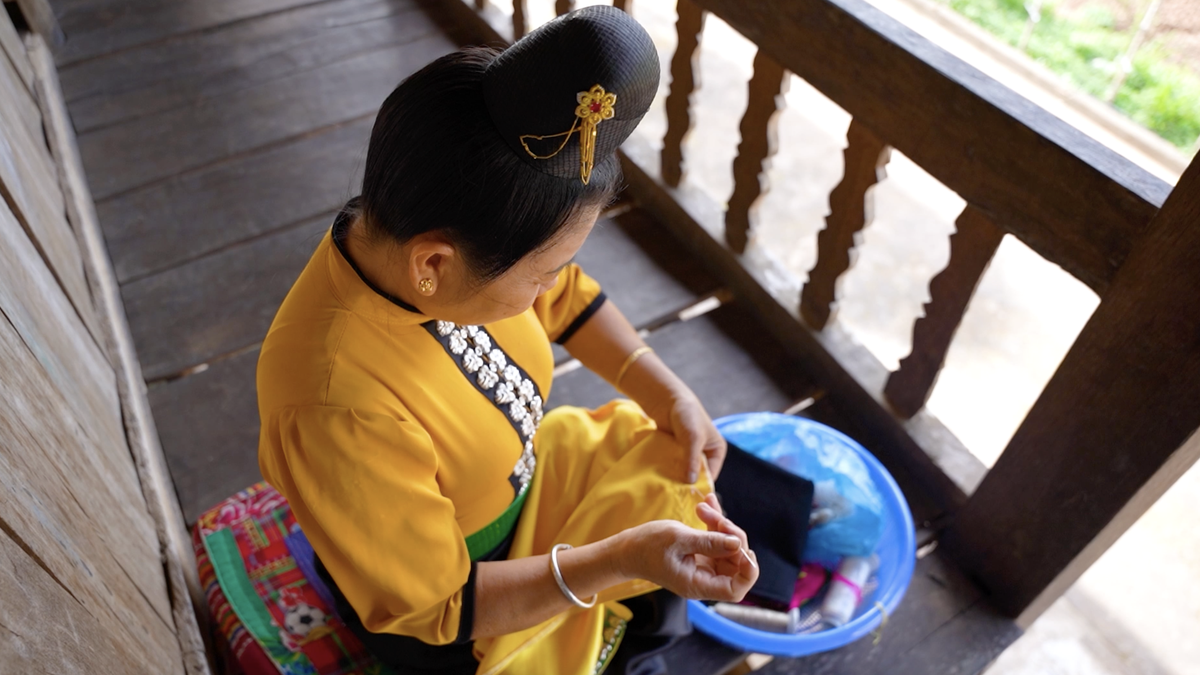



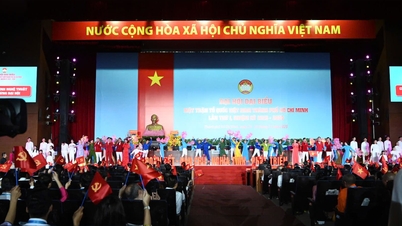

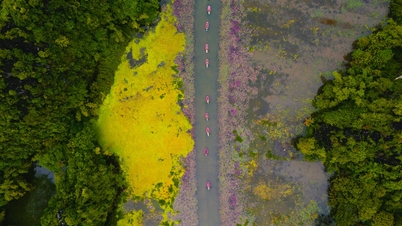



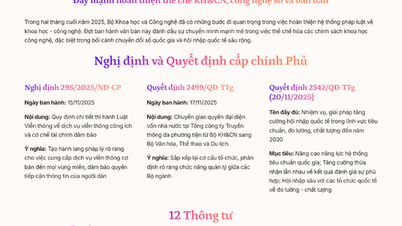


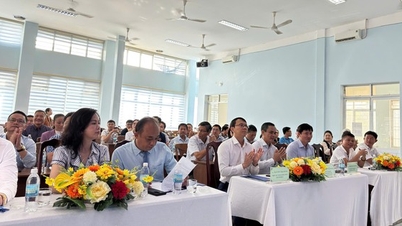



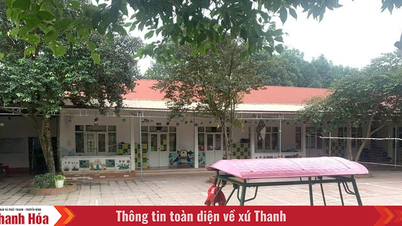

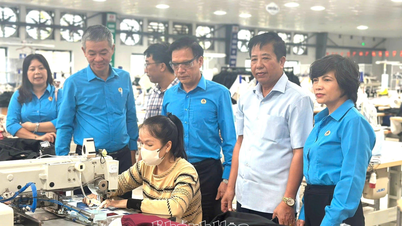

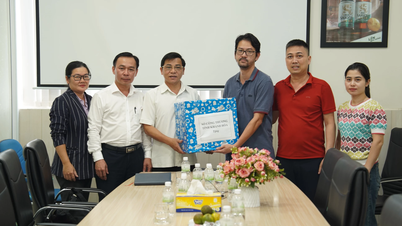
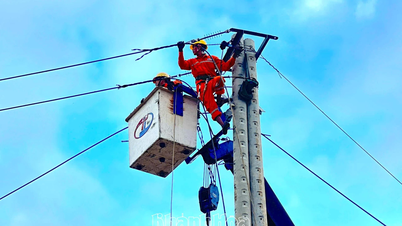











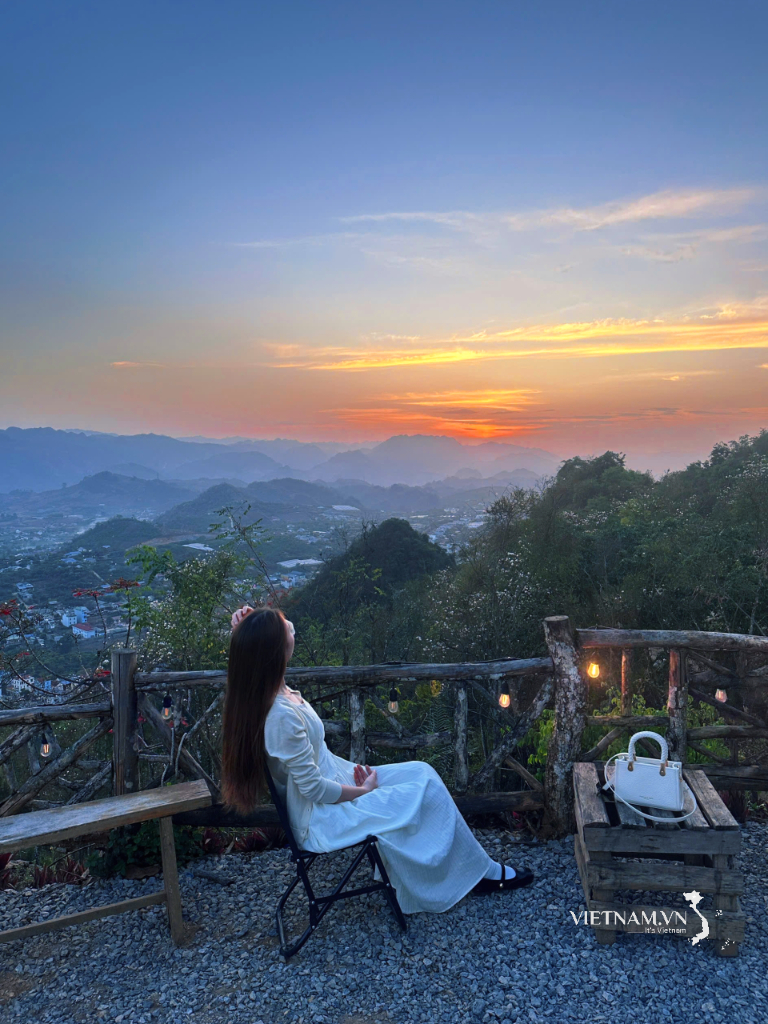

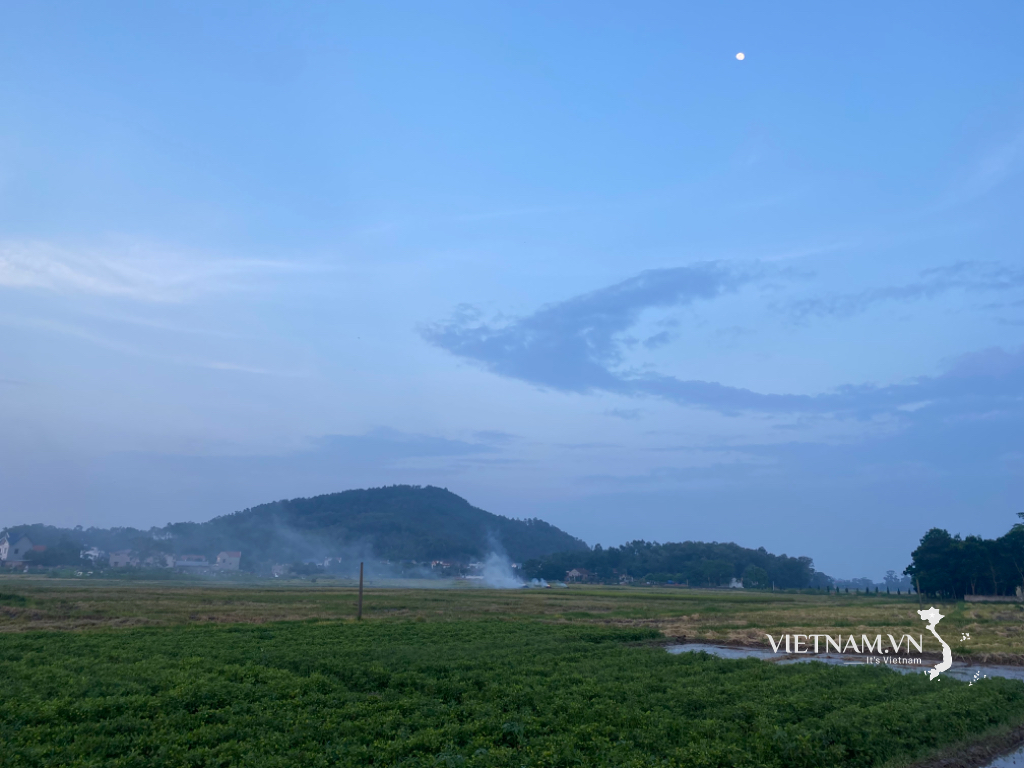

Comment (0)